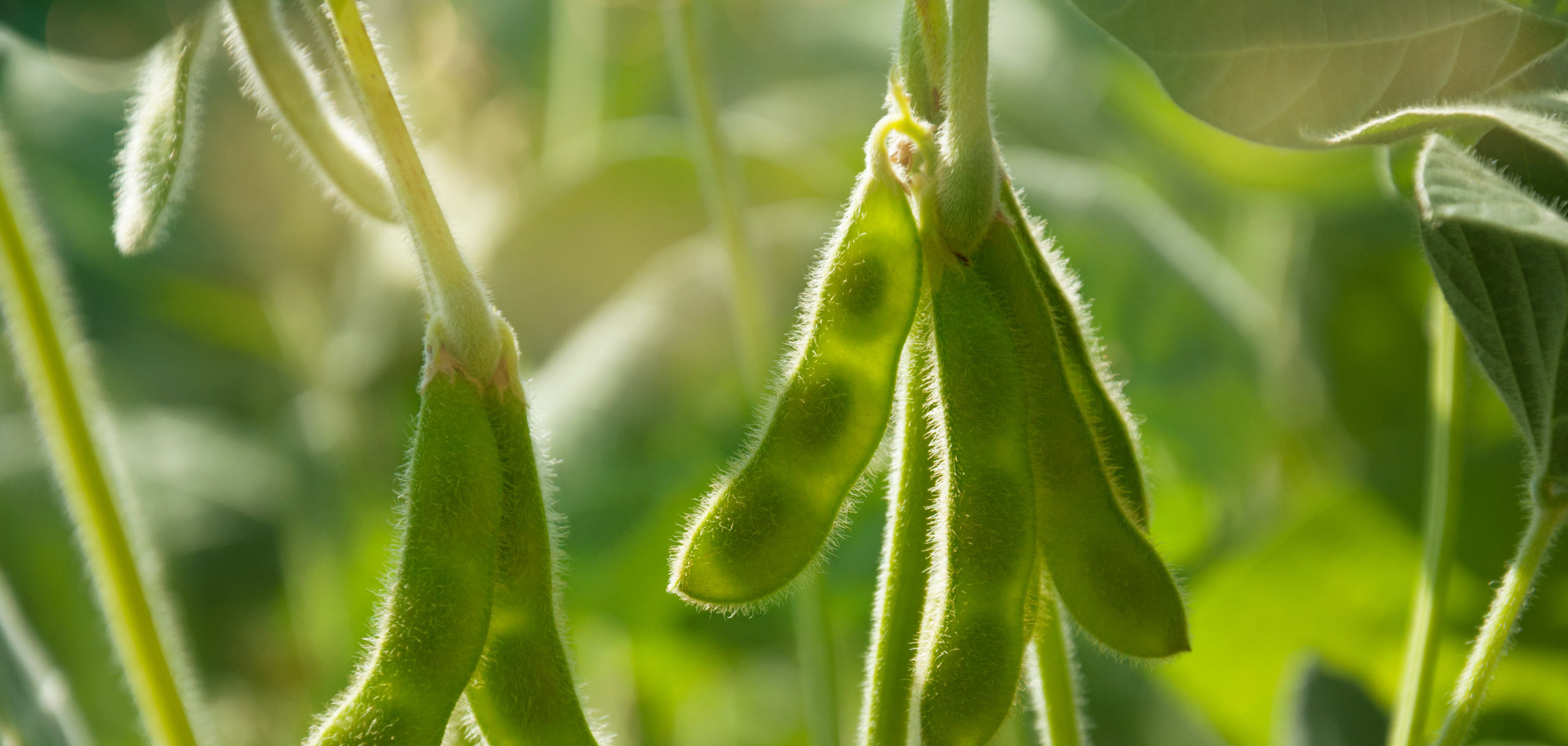How Soy Foods Support Cultural Diversity
- Category:
- Soy Foods

World Day for Cultural Diversity for Dialogue and Development 2022, is observed on May 21 each year. The annual event celebrates not only the richness of the world’s cultures, but also the essential role that intercultural dialogue plays in achieving peace, sustainability and development. The message of this day stresses that the 17 United Nations Sustainable Development Goals can best be achieved by drawing on the creative potential of the world’s diverse cultures.
The cultural significance of gastronomic traditions are an acknowledged part of this quest. UNESCO (United Nations Educational, Scientific and Cultural Organization) currently recognizes more than two dozen culinary-related traditions as part of its Representative List of the Intangible Cultural Heritage of Humanity. Listed traditions include practices like truffle hunting and extraction in Italy. What people eat, and how they eat and prepare it, is part of cultural identity.
Gastronomic traditions have cultural significance, and traditional soy foods such as tofu and tempeh are no exception. While relatively new to some global consumers, tempeh is a traditional ingredient in Indonesian cuisine. In 2018, the country’s national tourism ministry named five national dishes, including gado-gado. The specialty consists of deep-fried tempeh and tofu, fresh vegetables and peanut sauce. In Japanese cuisine, traditional ingredients include tofu, miso natto and soy sauce.
U.S. growers take seriously their quest to provide high-quality soybeans to meet the evolving demands of global consumers. Their commitment is reflected in growing soybeans that have been specifically bred for tofu-making, and in innovations like globally approved U.S.-grown High Oleic Soybean Oil. Food companies and foodservice operations can more easily meet consumer healthy diet and nutrition demands with the oil’s improved fat profile and longer shelf- and fry-life. The supply is expected to reach 9 billion pounds by 2027.
At the farm level, High Oleic Soybeans have a positive sustainability story, with the soybean industry’s U.S. Soy Sustainability Assurance Protocol (SSAP). Product traceability comes into play as well, with the identity-preserved High Oleic Soybean Oil supply chain.
U.S. soybean growers connect with global consumers on several levels. Soy milk provides a widely available, high-quality protein dairy alternative beverage for the two-thirds of the world’s population who are lactose intolerant, as well as consumers who want to add more plant protein to their diets. On an indexed basis, between 2015 and 2019, sales of dairy alternative beverages rose 60% worldwide. Soy milk is a star when it comes to high-quality protein. When compared to other plant-based milks, it typically has more protein, offering approximately 7 grams per one-cup serving.
Adventurous diners throughout the world are interested in trying something different and exploring other food cultures. Among consumers surveyed about their reasons for choosingplant-based dairy and meats, for example, the top two reasons were health and the desire to try something different. In the U.S., where 65% of respondents in a recent survey reported eating plant-based meats in the past year, the top reasons they cited for doing so were perceived healthfulness and liking the taste.
Together, new and ancient ingredients can combine to help satisfy consumer needs for natural, exotic and authentic products. New iterations of traditional soy foods— such as flavored and fortified tofu— harmonize with familiar ethnic foods like cheeses, curries and rice dishes. Due to their versatility and a wide product range, soy foods help consumers meet their own dietary goals, and help support Sustainable Development Goals.
This article was (partially) funded by the United Soybean Board.